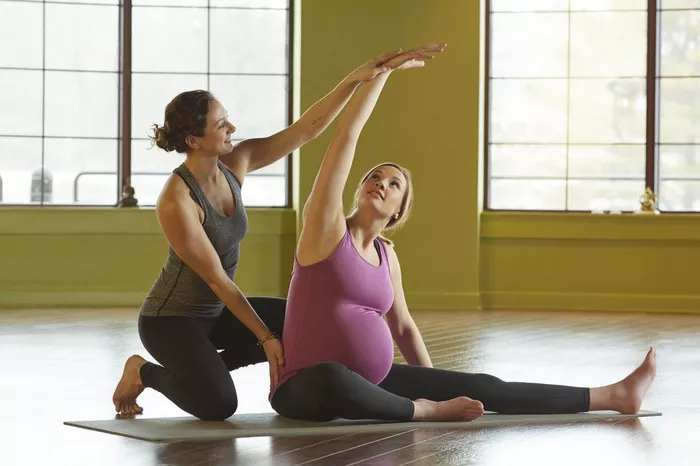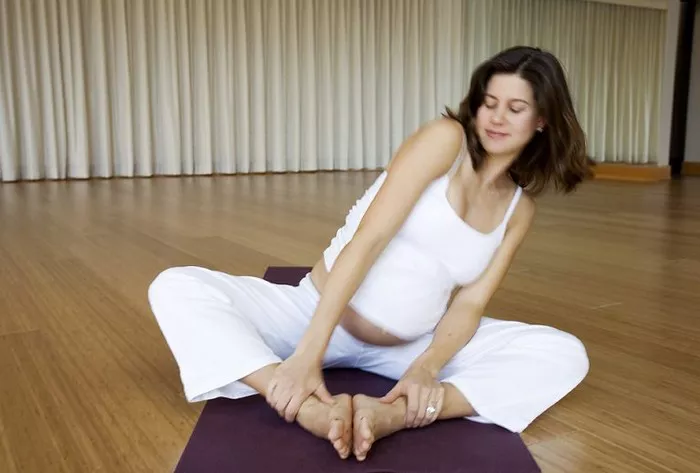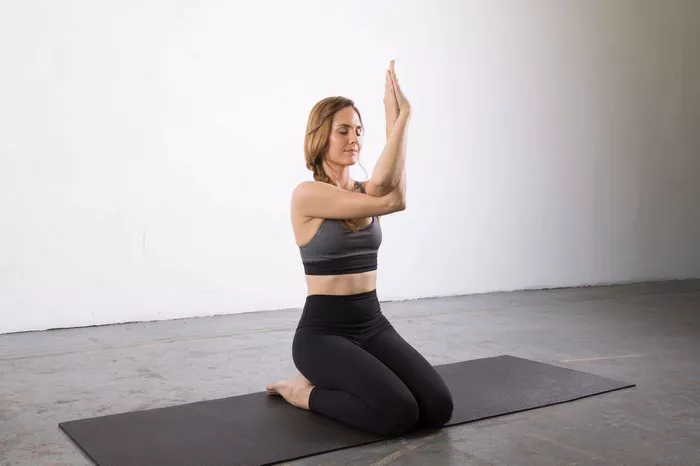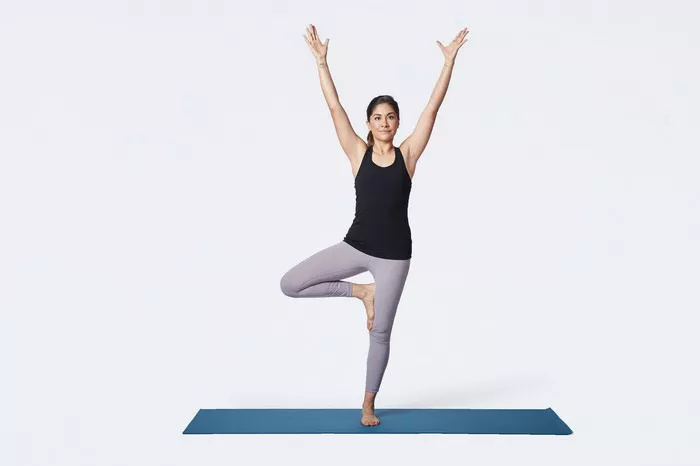Hot yoga is a powerful practice that combines traditional yoga postures with a heated environment, typically ranging from 85 to 105 degrees Fahrenheit (29 to 40 degrees Celsius). This increased temperature helps enhance flexibility, promote detoxification through sweating, and improve cardiovascular endurance. However, because of the intensity of the heat, preparing properly is crucial to ensure a safe and enjoyable experience. Below are the essential steps to take before attending a hot yoga session.
1. Hydrate Well in Advance
One of the most important aspects of preparing for hot yoga is staying well-hydrated. Since hot yoga induces significant sweating, you must ensure that your body has adequate fluid levels before you even step into the studio.
Start Hydrating the Day Before: Drinking enough water throughout the day ensures your body is properly hydrated before your class. Aim for at least 2 to 3 liters of water per day, depending on your body size and activity level.
Electrolyte Balance: Sweat not only releases water but also depletes essential electrolytes such as sodium, potassium, and magnesium. To prevent muscle cramps and dehydration, consider consuming coconut water, electrolyte tablets, or a sports drink in moderation.
Avoid Overhydration Right Before Class: Drinking excessive water right before class can lead to discomfort and an overly full bladder. Instead, take small sips if needed.
2. Eat the Right Foods at the Right Time
Eating properly before hot yoga is crucial for maintaining energy levels while avoiding digestive discomfort.
Timing is Key: Avoid heavy meals at least 2 to 3 hours before your session to prevent bloating or nausea. If you need a snack, opt for something light 30 to 60 minutes before class.
Best Pre-Yoga Snacks: Choose easily digestible foods such as a banana with almond butter, a small smoothie, a handful of nuts, or a piece of toast with avocado.
Avoid Heavy and Spicy Foods: Fried, greasy, or highly spiced foods can cause digestive issues, making it harder to focus on your practice.
Limit Caffeine and Alcohol: Both caffeine and alcohol can dehydrate the body. If you need a boost, opt for herbal tea or a light green tea instead of coffee.
3. Choose the Right Attire
Wearing the appropriate clothing can significantly impact your comfort level during hot yoga.
Opt for Breathable, Moisture-Wicking Fabrics: Lightweight, moisture-wicking materials help absorb sweat and keep your body cool.
Avoid Heavy Cotton Clothing: Cotton retains moisture, making it feel heavy and uncomfortable when soaked in sweat.
Consider Fitted Clothing: Loose clothing can become a distraction by sticking to your body or shifting during poses.
Wear Minimal Accessories: Avoid jewelry, heavy hair ties, or anything that may cause discomfort.
4. Bring the Right Gear
To enhance your experience, ensure you have the appropriate equipment for hot yoga.
A High-Quality Yoga Mat: A mat with good grip prevents slipping when sweating.
A Yoga Towel: A specialized yoga towel provides extra traction and absorbs sweat, reducing the risk of slipping.
A Water Bottle: Bring a reusable water bottle with room-temperature or slightly cool water to sip during class.
An Extra Towel for Sweat: A small towel to wipe your face and hands can be useful.
5. Adjust Your Mindset
Mental preparation is just as important as physical preparation.
Set Your Intentions: Whether it’s increasing flexibility, improving mindfulness, or building strength, setting a goal helps you stay focused.
Prepare for the Heat: The temperature may feel overwhelming at first. Accepting the discomfort as part of the practice will help you adjust.
Practice Controlled Breathing: Deep, slow breathing helps regulate body temperature and maintain focus.
Embrace a Beginner’s Mindset: If you’re new to hot yoga, allow yourself to learn and adapt without judgment.
6. Arrive Early and Acclimate to the Heat
Arriving at least 15 minutes before class helps your body adjust to the studio’s temperature.
Lie Down in Savasana: Resting in a relaxed position allows your body to adapt before beginning movement.
Avoid Overexertion Before Class: Engaging in intense exercise right before class may lead to excessive fatigue.
Communicate with Your Instructor: If you have any medical conditions or concerns, inform the instructor so they can provide modifications.
7. Listen to Your Body During Class
While this step technically applies during class, it’s an essential part of preparation.
Take Breaks When Needed: If you feel dizzy or overheated, rest in Child’s Pose or Savasana.
Modify Poses as Necessary: If a pose feels too intense, don’t push yourself beyond your limits.
Stay Present: Focus on your breath and body awareness to prevent injury and enhance the experience.
Conclusion
Proper preparation for hot yoga can make a significant difference in your performance, comfort, and overall experience. By hydrating well, eating mindfully, dressing appropriately, bringing the right gear, and mentally preparing, you can maximize the benefits of your practice while minimizing discomfort. As you continue practicing hot yoga, you’ll learn what works best for your body and develop a routine that allows you to thrive in the heated environment. Enjoy your practice, stay safe, and embrace the transformative power of hot yoga!
Related Topics:

























